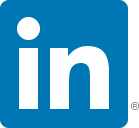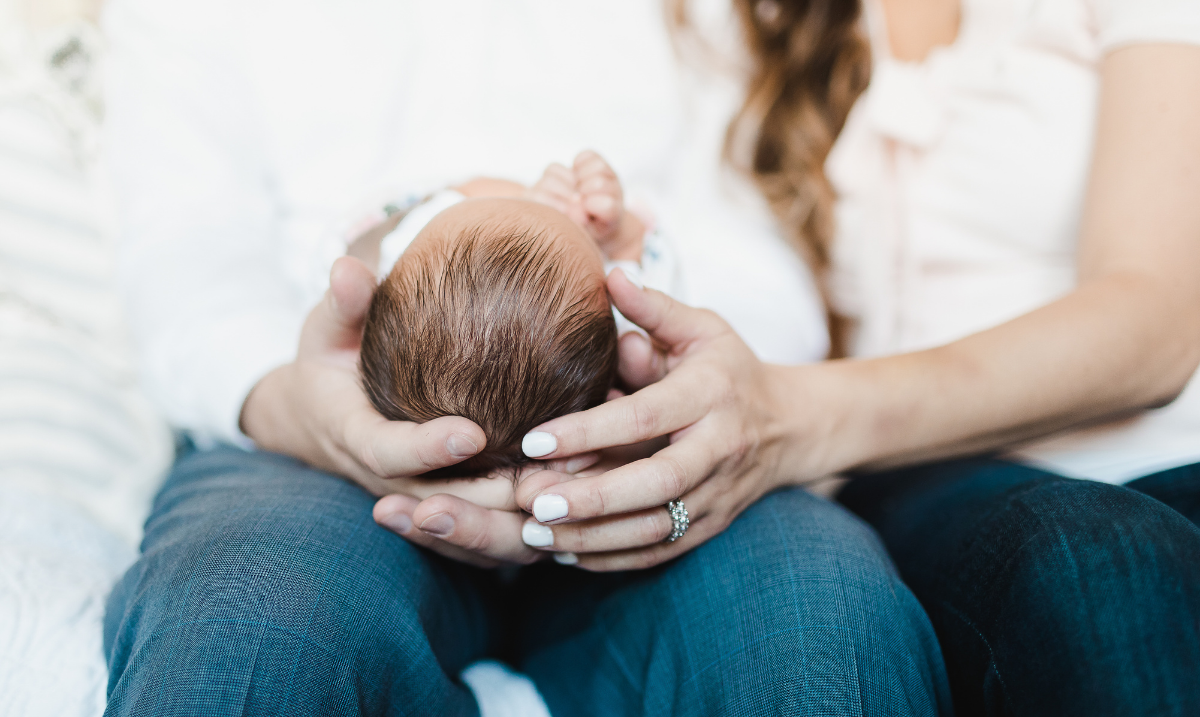Budgeting for baby: What you need to know
Having a baby is an exciting and life changing experience. But what about the cost? There are many hidden and unexpected expenses that go along with your new bundle of joy. Follow our handy guide to planning your finances, so you can avoid any money worries once baby arrives.
No two ways about it, having a baby in Australia isn’t cheap. It also comes at a time when you’re likely to have less income, especially if you’re planning to take extended parental leave, or return to work part-time.
If you’re looking at starting a family, the cost of raising kids might not be your first thought. But the sooner you start budgeting and saving for your life together, the better off you’ll be.
As well as a budget, having a financial plan in place before you start trying to conceive is a wise idea. A financial planner can help you forecast your income and expenses over the next 5-10 years, and work with you to reach your financial goals.
The cost of having kids
For many new parents, the amount and cost of many ‘must-have’ baby items can come as something of a surprise. Who knew a name brand pram could set you back over $1000? Cots and car seats are also in the hundreds of dollars – and they’re not an area to skimp on, due to safety considerations.
Consumer watchdog Choice says you can expect to spend $3500 a year on purchases for the first four-years. Keep in mind however that this only includes direct expenses like furniture, clothing, nappies, food and toys.
What it doesn’t include are hidden costs like the increase in your utility bills, pre-birth expenses, outings and entertainment, and the costs of childcare, which are close to $6000 a year for families on the average wage. Many families may also need a new car, to cart around all of that fancy baby gear. Phew! That’s a lot of extra expense.
Before baby arrives
Some of the costs you’ll need to cover during your pregnancy include:
- Maternity and nursing clothes and underwear. Provided you choose items that are also practical for nursing, you could get 12-18 months wear out of them. So invest wisely in a few key items and take hand-me-downs when you can get them!
- Ultrasounds and other medical tests. Pregnancy involves a surprising number of tests (really). While some are covered by Medicare and perhaps your private health insurance, for an average pregnancy, the cost is still in the hundreds of dollars.
- Birthing (antenatal) and parenting classes. These can range from $50 to hundreds of dollars, depending on where you go.
- Doctor and hospital bills. If you have GP shared-care and your GP bulk bills, you might be able to avoid doctor’s bills. But they can be in the thousands as a private patient.
- Health insurance premiums. If you choose private maternity cover, you’ll have higher premiums for at least a year before baby arrives. What’s covered under your insurance policy varies by provider, so do your research before signing up.
Public or private?
As a public patient in a public hospital, Medicare will cover most of your costs including your hospital stay, care from midwives and/or obstetricians and some medical expenses, like routine ultrasounds. The average cost for public patients in the public system (with Medicare) is between $0 to $1500.
As a private patient, you’ll have higher out-of-pocket expenses, such as obstetrician’s fees, hospital gap payments and other medical bills. The average cost for private patients in a private hospital is between $2000 and $20,000.
Homebirth is also an option, in which case you’ll need to cover the cost of a registered midwife at a minimum. Homebirths range from $3500 to $6000 on average.
Of course, there are many more factors involved in your choice of care than the cost alone, so do your research carefully and seek expert advice before making a decision.
Covering the cost of maternity leave
Taking extended leave to care for your new baby is something we can all aspire to. However, it’s an unfortunate truth that many employers still don’t offer paid maternity leave.
Fortunately, the government has stepped in to help fill the gap. The government’s Paid Parental Leave scheme gives eligible parents a payment for up to 18-weeks while they’re the primary carer for a newborn or newly adopted baby.
As the payment is based on the national minimum wage, it may be less than your previous full time wage. But it’s still an invaluable contribution to the cost of overheads while you’re on leave.
Budgeting for baby
Needless to say, pre and post-birth baby costs can really add up. You’ll also need to have a strategy to cover your living expenses while you’re on leave from work.
You can start by estimating roughly how much you’ll need. Then take some time to familiarise yourself with your monthly living expenses. If you don’t already have one, draw up a budget and stick to it. You can also use the Moneysmart Budget Planner.
Look at your budget carefully line by line and see where you can make savings. Try to cut back on your living expenses for a while and pay down any debt like credit cards or personal loans.
If you have a partner, a good strategy is to live off of one wage and save the other while you’re waiting for baby to arrive. This will help you adjust to living on less, and build a nest-egg for when the time comes. Aim to build up a healthy savings balance that will cover your costs and expenses for several months while you’re on leave.
There you have it – everything you needed to know about budgeting for your first baby!
If you have any questions or would like to chat about the next phase of your life contact the team at ADR Wealth.
Source: Money & Life





